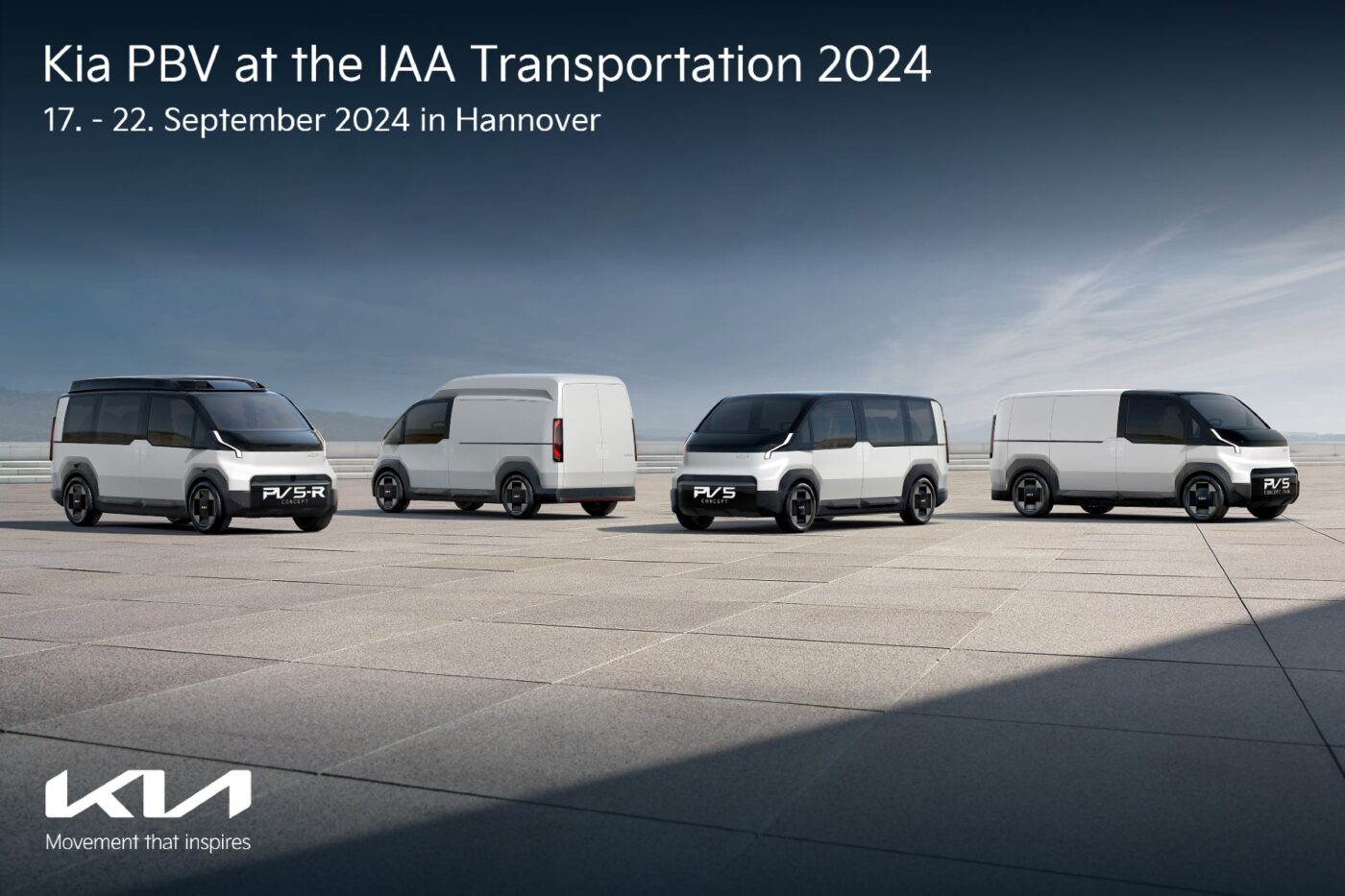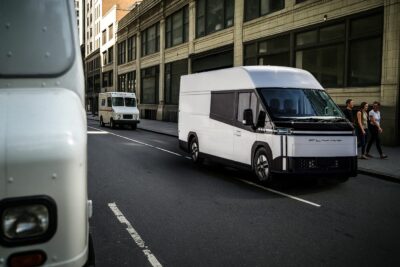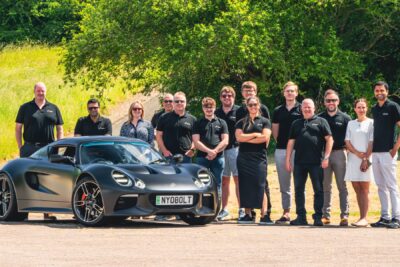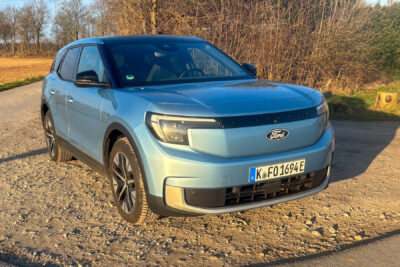Kia announces PBV concept lineup for the IAA
It has been clear that Kia wants to break into the light commercial vehicle market since the South Korean company presented its future strategy called ‘Platform Beyond Vehicle’ (PBV) at the beginning of the year. The focus here is on modular electric commercial vehicles and the integration of connectivity, robotics and autonomous driving. The abbreviation PBV otherwise stands for ‘Purpose Built Vehicles’, which are electric vehicles specially designed for taxi services and ride-hailing providers. The new PBV platform from Kia is moving in this direction, but is intended to go far beyond the usual approach. It is about customised vehicles in combination with advanced software and individual services.
Specifically, Kia wants to initially base its PBV segment on three vehicles, the PV5, the PV1 and the PV7. Variants of the PV5 and PV7 will now be on display at the IAA Transportation, specifically the four studies PV5 High Roof Concept, PV5 People Mover Concept, PV5 3D Concept and PV7 Concept. The PV5 will also be the first series vehicle to be launched on the market in 2025. With the PV7 and PV1, the South Korean brand is also planning a larger and a smaller model. They are to be introduced gradually. In future, they will be built in a previously announced new factory on the site of the existing Kia Hwaseong plant in Gyeonggi province. The plant is initially designed for up to 150,000 vehicles per year from 2025. A second plant for PBVs, which could go into operation in 2028, is already being considered.
The PBVs are to be characterised, among other things, by an ‘Easy Swap’, thanks to which the vehicle chassis can be used in combination with different bodies. The changeover is based on electromagnetic and mechanical clutch technology, allowing the PBV to be ‘transformed into a taxi during the day, a delivery van at night and a personal leisure vehicle at the weekend,” as Kia writes.
Modularisation is also made possible by a weld-free ‘Dynamic Hybrid’ body structure, in which the length of the moving elements can be flexibly adjusted depending on the vehicle’s intended use. “By using high-strength tubular steel and technical polymers, the typical parts are reduced by 55 per cent without compromising rigidity,” it says. The Dynamic Hybrid technology is supplied as a standardised kit and enables a Kia PV5 to be converted quickly and easily in the field.
Otherwise, Kia cites large doors with a pillarless opening, an extended wheelbase for a comparatively large, flat interior and a retractable steering wheel for an ‘office-like environment’ in the cockpit as features of the vehicles. The controls are said to be simple and intuitive, and the vehicle is designed to be robust and solid. Kia has also announced the extensive use of sustainable materials such as bioplastic, PCM (post-consumer material) plastic, organic paint, recycled PET fabric, felt and yarns as well as bio-PU foam.
“Our flexible and highly versatile PBVs will completely transform logistics and transport with a totally customer-centric approach and a single electric platform that can be adapted to different mobility needs,” said Marc Hedrich, President of Kia Europe, ahead of the IAA. The Kia PBVs are designed in such a way that they are ideal for use both in the B2B sector and by private customers. “As comprehensive mobility solutions, they uniquely combine fit-for-purpose electric vehicles with advanced software solutions, over-the-air updates, best-in-class dimensions and charging capacities, excellent manoeuvrability and an extremely low step-in height.”
According to Kia, the PBV roadmap will be divided into three phases. In the first phase, the Kia PV5 is to be launched in 2025, which the manufacturer wants to position as a versatile electric vehicle for applications such as on-call taxis, delivery services and utility companies. Improved data connectivity between vehicles and external data such as route or delivery information should already ‘enable the convenient operation of multiple vehicles as a software-defined fleet’ at this point. The PV5 will initially be launched on the market as a basic, van, high-roof and chassis cab version. A robotaxi model is also planned for a later date. It will be developed in collaboration with Motional (a joint venture between HMG and Aptiv) and will offer passengers an autonomous driving experience.
In phase two, which Kia has not yet narrowed down in terms of timing, “the range of PBV models will be completed with the PV7 and PV1, and the PBVs will evolve into AI-based mobility platforms that utilise data to interact with users and ensure that the vehicles are always up to date,” Kia wrote. In the meantime, new forms of business linked to robotics and other future technologies will develop. The PV7 is the largest product in the range and is characterised by a larger interior, greater range and improved functions. Similarly, the PV1 is the smallest product and is primarily intended to score points in manoeuvrable logistics transport over short distances.
In the third phase, Kia wants to develop its PBVs into “highly customisable, tailor-made mobility solutions by integrating them into the future mobility ecosystem.” The keywords mentioned are “connected self-driving vehicles,” “smart cities” and “hyper-connected world.”
Source: Kia press release





0 Comments